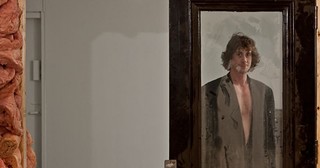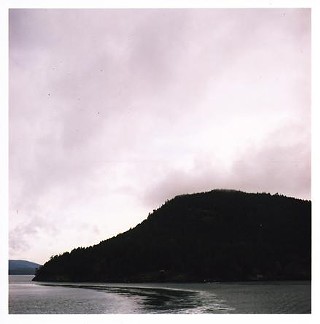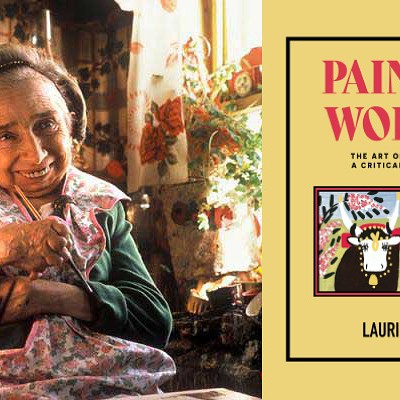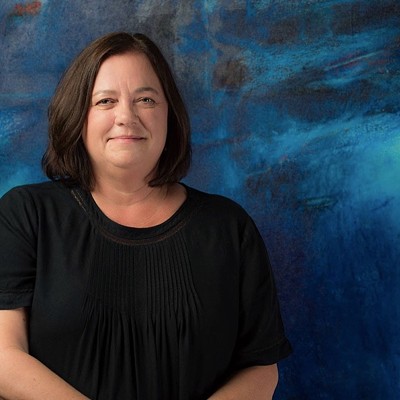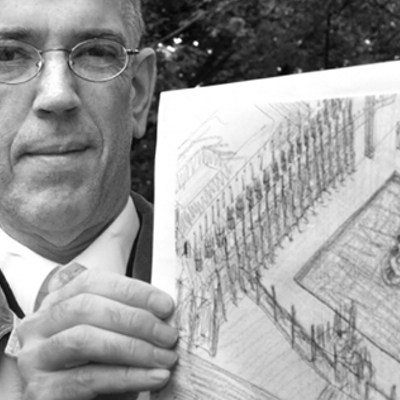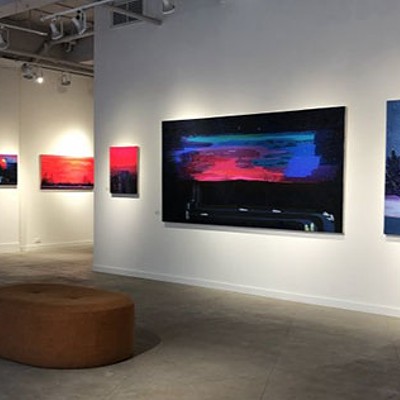Scott Saunders wants to maintain an almost Masonic level of secrecy about his show at Saint Mary's University Art Gallery. It's appropriate, since his installation Grand Lodge is derived from Freemasonry and built out of artifacts taken from the former Freemasons hall on Barrington Street.
When the Masons left the building in 2008 because they couldn't afford necessary repairs, they left behind furniture, objects and architectural fixtures. Saunders lives in the building next door and knows the building's new owner, Steve Caryi, who let Saunders into the space to investigate. Saunders was astonished by the architecture of the hall and the sheer volume of stuff left behind. The project grew from there. "I was absolutely blown away by what I saw...all kinds of crazy shit, man!"
The installation is taking over the entirety of the gallery, constructing new walls, spaces and sculptures from materials salvaged from the Masonic hall. Antique doors, church pews, organs, lighting and signs are used in the construction---Saunders cites Swiss installation artist Thomas Hirschhorn as an influence. He speaks of art history and Walter Benjamin's ideas of allegory. "The Masons are simply the surface tension of this project," he says. "Everything has been really carefully considered---rooms, narratives. I'm creating an allegory, if you will.
"What's interesting is that the material I'm using from the Masons is what they considered could be left behind, considered to be garbage."
Saunders studied film and multimedia at NSCAD, and is also incorporating video and audio work into the installation, though he won't go into specifics. Saunders' projections have been exhibited on Barrington at the last two Nocturne festivals; this is his first solo gallery exhibition. He negotiated with the building owner to buy the material left behind by the Freemasons, and was given a temporary holding space in the basement of the Roy Building down the street.
"For the last year I've just been conceptualizing what I'm going to do with this stuff," he says. He used the Freemasons as a starting point to delve into the themes he wanted to explore. "The Masons are themselves an allegorical construction. They bring together elements from religions around the world."
Due to the clandestine nature of the Masons, the objects take on a mysterious feel, coming from this space few Haligonians ever had the chance to see or understand the rituals of. They feed into a more general idea of religion and ritual; Saunders wants the viewer to take what they will, not necessarily any specific view of Freemasonry. Masonic beliefs centre around a belief in a Supreme Being, not specific to any one religion; though the society has strong Christian undertones, this ambiguity of belief works well with the ambiguity of the project.
He tried to get in touch with the Halifax Freemasons at the outset of the project, to let them know what he was doing, but his messages went unreturned. He was nonplussed: "I wasn't interested in what the Masons actually did with the objects, I was interested in the aura they had. The objects were telling me where they want to go."
The weekend before the show opens, Saunders is deep into the installation process, three-and-a-half weeks of moving material into the gallery, construction and 250 hours of work. "The exhibit will feel as if it could only be set up the way it is set up," he says mysteriously; fortunately, no initiation will be needed to get in.

